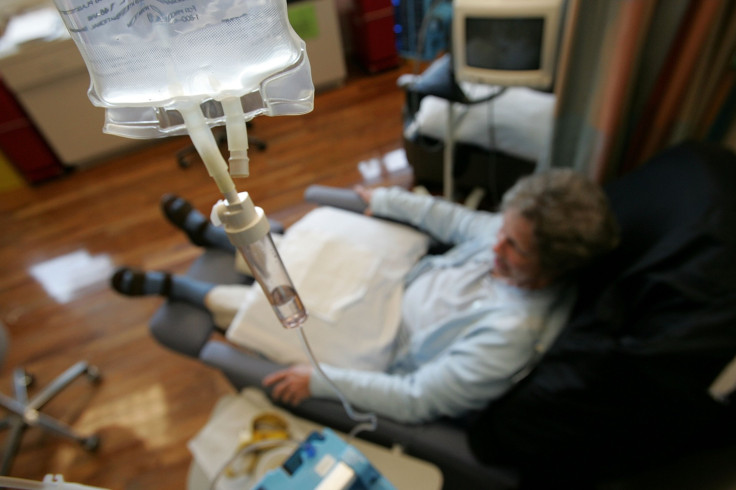Colon, Lung And Ovarian Among Cancers That Receive Least Funding

There seems to be a pecking order in cancer funding in the United States where some of the deadliest cancers received less funding than others.
The discrepancy in the allocation of funds for cancer research was brought to light in a new research published recently in the Journal of the National Comprehensive Cancer Network. Lead researchers for the study were all from Northwestern University in Evanston, Illinois.
This study is the first that investigated nonprofit funding distribution across different types of cancer. The study authors hope to make people aware of the disparity in funding and how this affects patient populations.
The study uncovered areas needing more funding attention. Among those cancers where more research money is needed are colon, endometrial, liver and bile duct, cervical, ovarian, pancreatic and lung cancer.
On the other hand, some cancers such as breast, pediatric, leukemia and lymphoma continue to receive significantly more funding.
The study said poor funding negatively affected cancers people tend to associate with stigmatized behavior. These cancers include lung cancer (which can be triggered by smoking cigarettes), liver cancer (which can result from drinking alcohol) and melanoma (which is often due to a person using tanning beds or spending time in the sun without wearing sunscreen).
"The goal of this study is not to divert funds away from cancers that are well-supported, but rather expand funding for other cancers that aren't getting enough support currently," said Suneel Kamath, the chief fellow in the department of hematology and oncology at the university's Feinberg School of Medicine at the time of this study.
"These are all deadly and life altering diseases that deserve our attention and support."
Researchers looked at the IRS tax records for nonprofits that raise money for any type of cancer to discover how much funding each type of cancer received. They only included organizations reporting at least $5 million in annual revenue in 2015.
They included 119 nonprofit organizations that together raised $5.98 billion in annual revenue. Researchers also found a large portion of this amount wasn’t spent on one specific cancer. Instead, the money went to general cancer funds such as the American Cancer Society (ACS).
For the remaining nonprofits, researchers looked at how much revenue each generated and compared this total with the number of new cases of a particular type of cancer. They also looked at the number of deaths each type of cancer caused and considered how many years of lost life could result from those deaths.
In doing this, researchers were able to determine the rate of funding compared with the prevalence and mortality rate of the disease.
"Well-funded patient advocacy organizations should be applauded for their successes," said Sheetal Kircher, assistant professor of hematology and oncology at Feinberg.
"We hope to bring awareness to the organizations with less relative funding so we can collaborate to improve funding and outcomes for all patients with cancer."
Nonprofit organizations for specific cancers play a huge role in many aspects of cancer research and patient care. They help fund medical and drug research, and help promote disease education for patients and their families. They can also help influence health policy.
Published by Medicaldaily.com



























